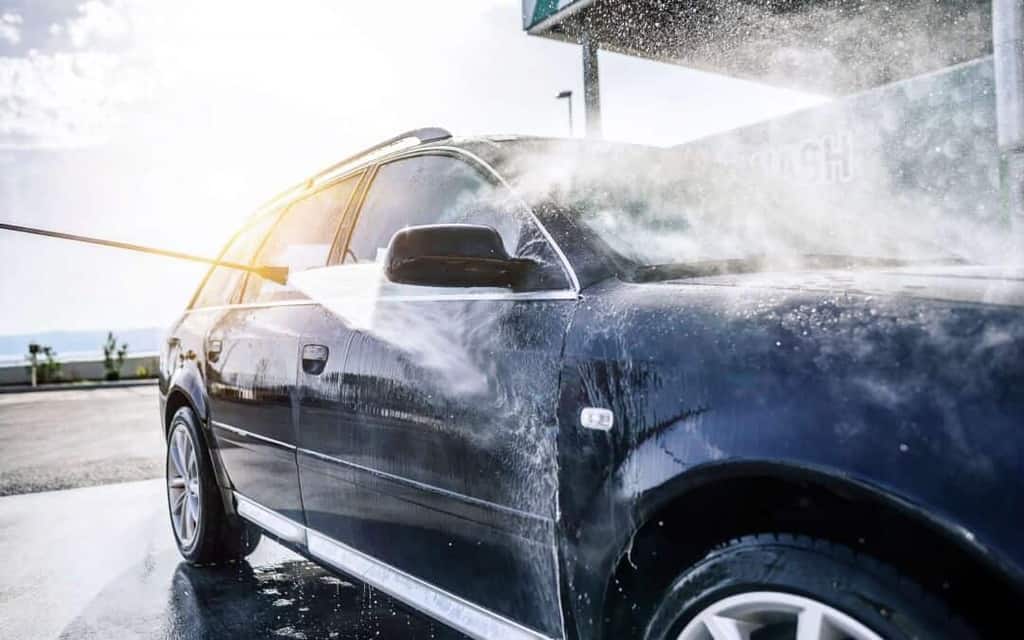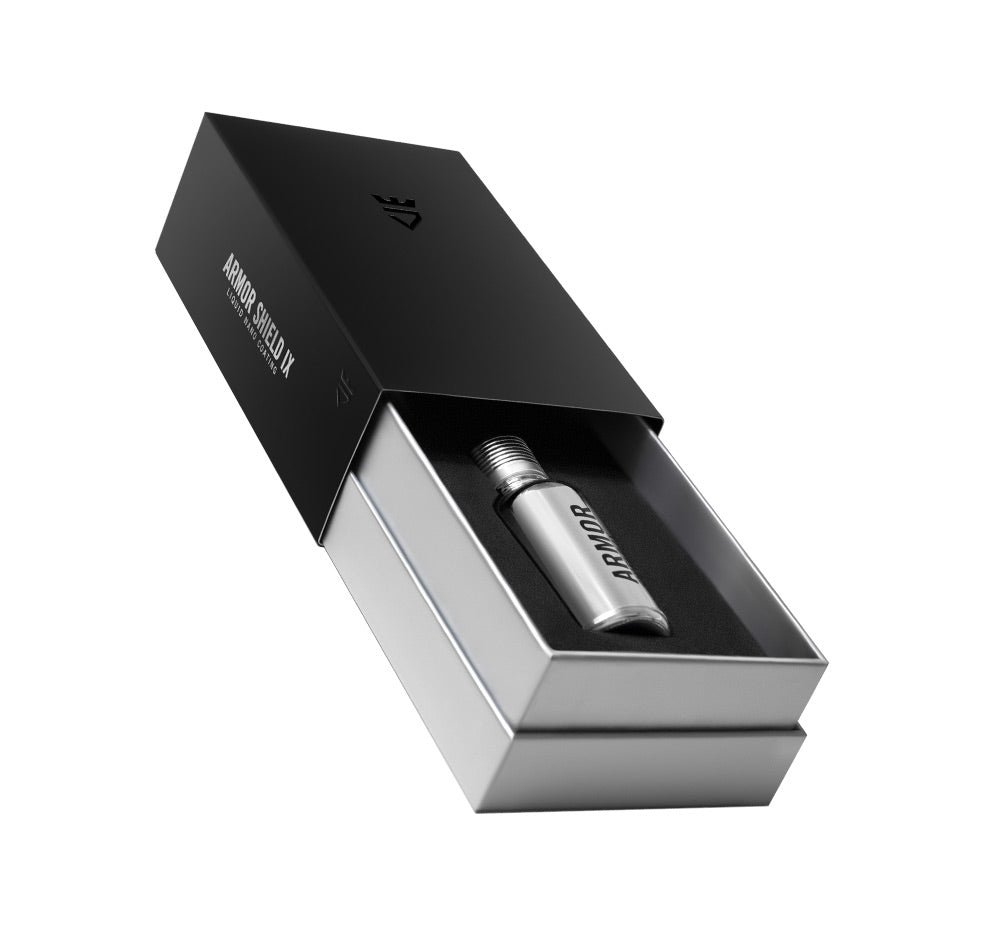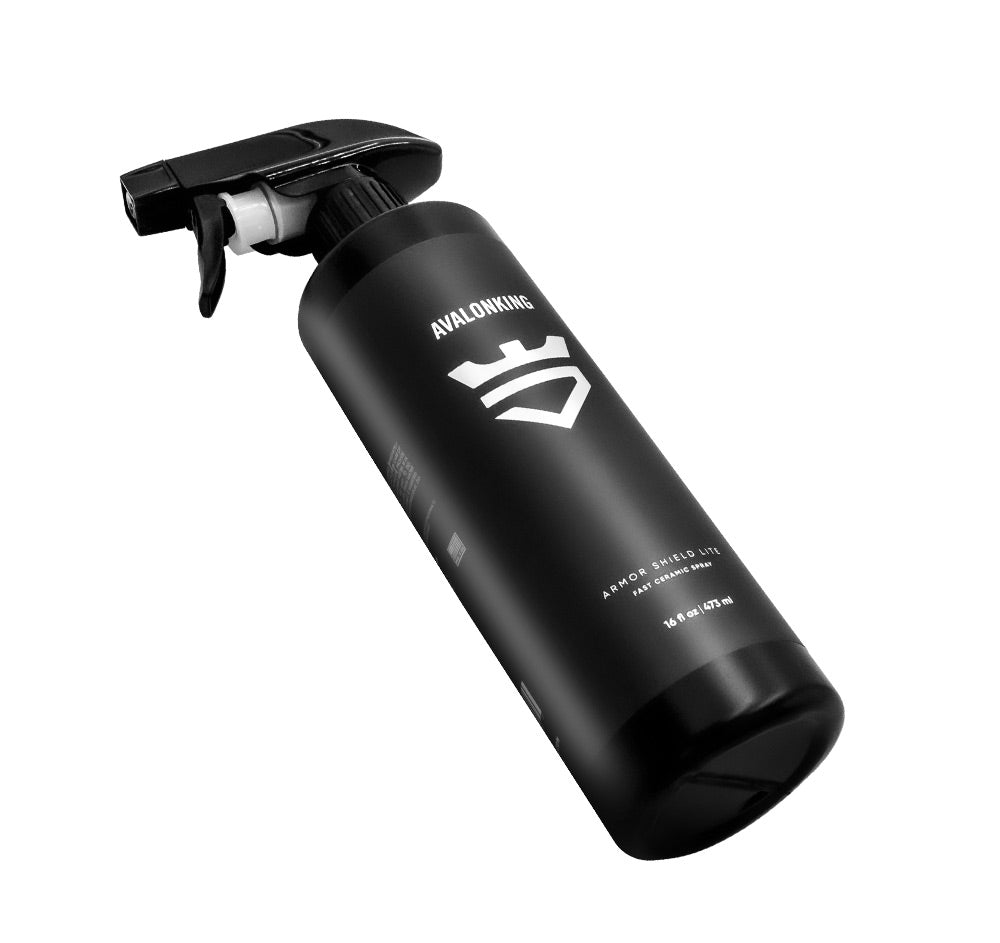If you live in cold weather climates, you understand the frustration that is associated with washing a car from November till early spring. Those sub-zero temperatures cause water to freeze, and thus, represent a real challenge to keeping your car clean.
However, since road grime, mag chloride, and other deicing products can cause damage to your undercarriage, suspension and steering components, not to mention your paint and plastic trims, it’s important to remove this crap as soon as possible.
This brings up the inevitable question – should you wash your car when it’s freezing outside? Unfortunately, this is one of those hard to directly answer questions. I mean, there is a huge difference between “should” and “can” – especially when it comes down to the resources you have at your disposal.
So, let’s talk about winter weather car washing. In today’s AvalonKing blog, we’ll dive into whether you should wash your car when the temperature is below zero. We’ll also explore a few helpful hints to allow you to remove harmful wintertime contaminants – without damaging your ride, or leading to hypothermia.
Best Ways to Keep Your Car Clean During Winter
A popular question we receive from those living in Alaska, Canada, and even those in Russia or Scandinavia – is whether washing your car in freezing temperatures will cause damage to the paint. In short, it won’t cause more damage than normal freezing. The main issue happens when soapy water freezes onto the surface.
When it comes to keeping your car clean, car owners basically have a few options.
First, always park indoors.
Second, don’t drive in snowy or icy weather – or on wet roads specifically.
Third, find a creative way of cleaning your car quickly. Some people use waterless car wash products, which work decently.
What Parts of Your Car Need the Most Cleaning During the Winter?
If you deal with snow and ice frequently, you’ll understand the reality of deicing. It’s completed by city, county or state roadside services or departments of transportation, where they spray a salt-based formula on roads. This helps to reduce the freezing temperature of water, snow, and ice.
But it also sprays all over your ride, starting on the bottom, and working its way up to body panels. This introduces the parts of your car that need the most cleaning during the winter.
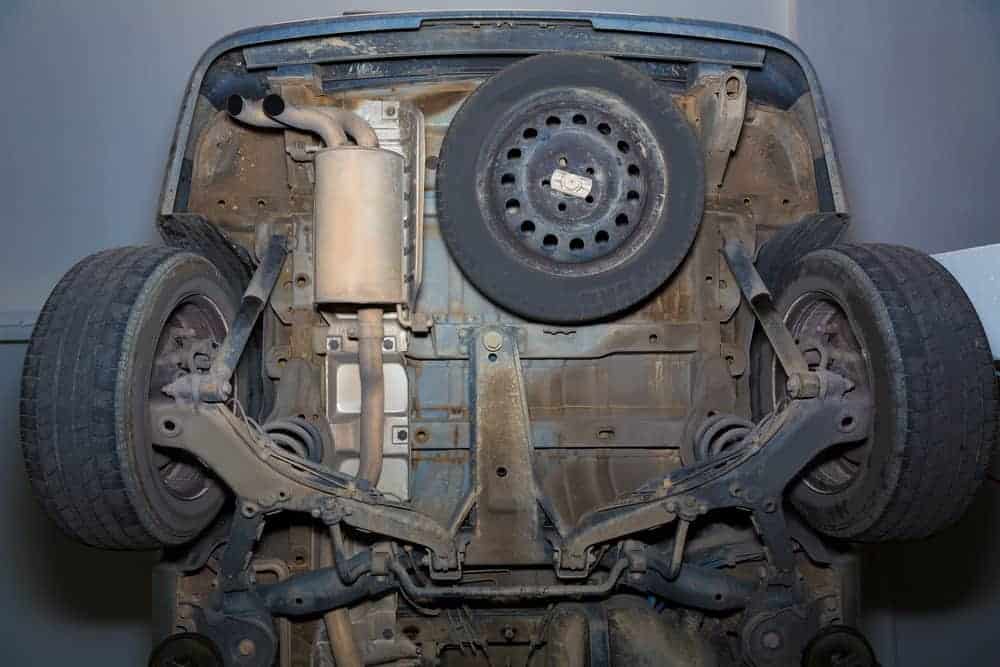
The Undercarriage: Most modern cars are treated with an anti-corrosion spray at the factory. But it doesn’t remove the need to keep your undercarriage clean during the winter months. Spraying it off with high-pressure water is good enough during the winter.
Rocker Panels: The lower rocker panels on your car can likewise be corroded with deicing products, sludge and road grime. The trick here is that it sticks to paint and clear coats more than undercarriage products, so you’ll have to use soap and water to remove.

Door Jams: The ice melt and road grime can also seep into door jams. This area is often forgotten by most car owners during a regular wash, but it’s crucial to keep them clean during winter.

Under the Hood: Road grime, winter sludge, ice, and snow will eventually melt – especially when your car’s engine heats up. This will cause the contaminants that accelerate corrosion to enter the engine bay. The main areas of focus are those that are flat and next to hood seams.
How Often Should You Clean Your Car During the Winter?
Salt and chemical deicing products can accelerate corrosion, leading to rust. In a perfect world, you should rinse the stuff off your car at least once per week. The freezing temperatures can be challenging – especially if you’ve disconnected your hose and winterized your pipes. However, we’ve got a little bypass to this situation – again, which we will outline a bit further down.
The general rule of thumb is to rinse off your car with warm water, in those trouble areas as often as possible. If you can, wash your car in sections, starting with those front end and lower body panels that are typically embedded with road grime on bright and sunny days.
Tips for Washing Your Car in Winter
In a perfect world, you’d have a full automotive shop with waterproof floors, a great draining system, and a heated power washer that you could use to wash your car every week. However, the average car owner does not have these types of resources.
So, if you’d like to learn a few of the best practices to follow that will help you produce the best car washing results in freezing temperatures, here are a few tips.
Step 1 – Wear Latex Gloves and Waterproof Insulated Gloves
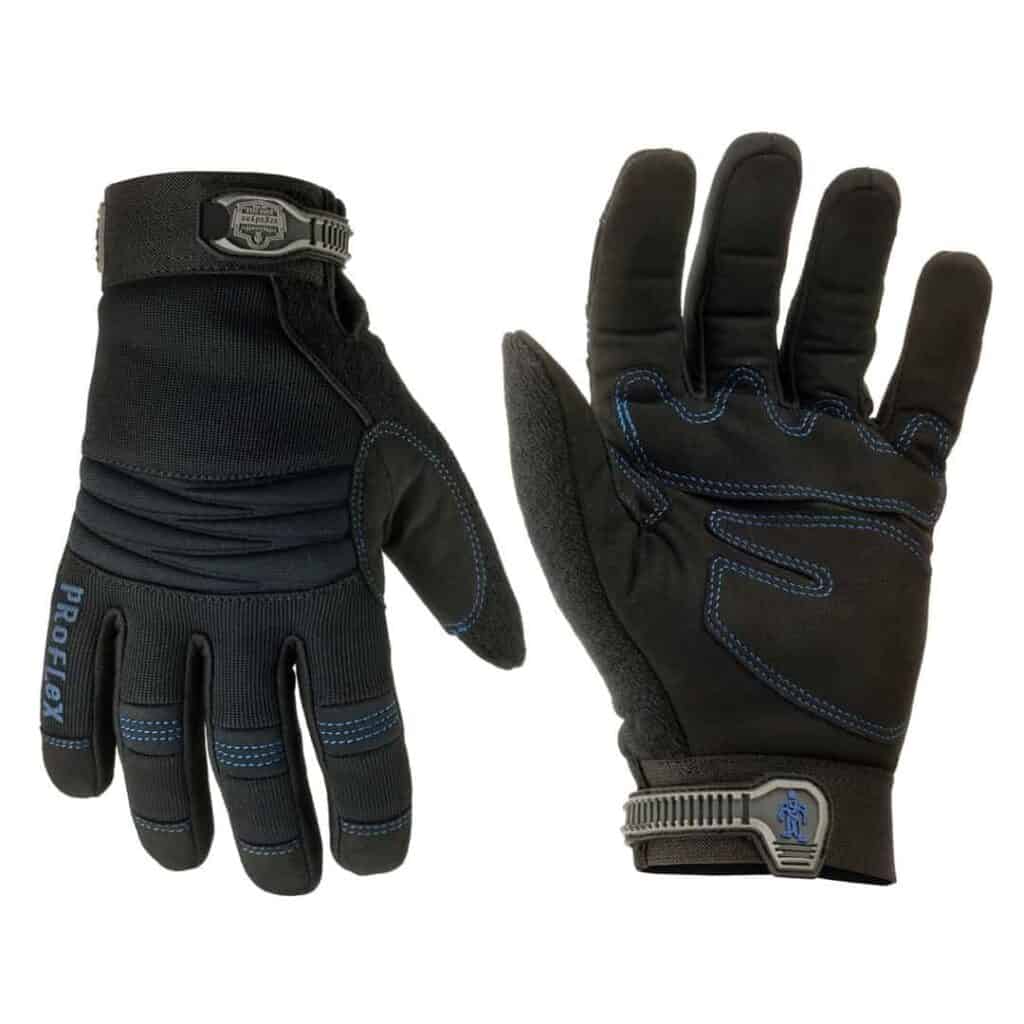
When it’s cold outside, your hands are usually the first to suffer. So, before you attempt to wash your car in freezing temperatures, make sure to secure protective clothing; specifically, waterproof and insulated gloves.
Step 2 – Only Wash the Vehicle in Direct Sunlight

I know we strongly recommend against this most of the time, but when it’s below 0-Celcius outside, you want to take advantage of that warming sunlight.
Step 3 – Use Hot to Warm Water – ALWAYS

The next thing to add to your winter car washing list is to use hot or very warm water, especially with your soap and rinse bucket. By using warm water, it will slightly heat the body panels and car parts and reduce the time for freezing.
Step 4 – Let Your Car Warm Up First
Another way to slow down the frozen water issue is to warm up your car, turn on your front and rear window defrosters and heat to 11. This helps to warm up the hood, and windows, which will reduce the potential of freezing.
Step 5 – Use a High-Pressure Water Hose

If possible, connect your high-pressure water hose to your hot water heater directly, so you can use hot water to rinse the vehicle off. If you don’t have access to this, and you can connect to a water faucet somewhere, try to use a high-pressure spray nozzle. This method puts less water on the car, which again – slows down the freezing and makes it easier to dry.
Step 6 – Work Quickly and One Panel at a Time

When you’ve accomplished the steps above, you’ll want to work quickly, yet efficiently to wash the car, rinse, and dry with microfiber towels. Start with your hood and front end – and complete each process – rinse, wash with microfiber mitt and hot soap solution, rinse off, and dry immediately. Move your way around the car, completing each section as you go.
Obviously, you’ll have some overspray on your car, just make sure to dry it off. That might seem less efficient, but trust me, you’ll produce better results.
Are There Other Ways of Washing a Car in Cold Temperatures?
Certainly. One of the best methods I recommend during the winter is using a waterless car wash product. The benefit of these products is they have a lower freezing temperature than water. Second, you can work on one section at a time. Simply spray onto the surface or a microfiber towel and wipe down the surface.
Make sure to follow the manufacturer’s recommendations and always use multiple microfiber towels and plenty of formula to reduce the potential of scratching.
What are the Best Products to Protect Your Car from Freezing Temperatures?
When it comes to protecting your car’s surface materials from freezing temperatures, the key is to provide a thermal barrier between the surface and the outside. By far, the best product to accomplish this is a DIY ceramic coating.
A nano-ceramic coating is exceptionally temperature sensitive. It can treat products and hold up against extreme temperatures over 200 degrees and below-freezing temperatures. It works by bonding directly to the surface of porous materials, seeping into those microscopic peaks and valleys to provide an exceptionally flat and hydrophobic surface.
Not only does this help to protect paint and clear coats, but it also works on headlights, grilles, wheels, fiberglass, carbon fiber, PPF, and vinyl wraps. When it’s applied correctly, it makes it more difficult for road salt and grime to stick to the surfaces. This feature helps to keep the vehicle cleaner for longer periods.





